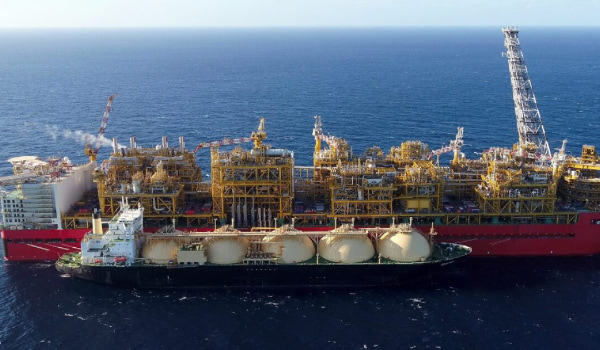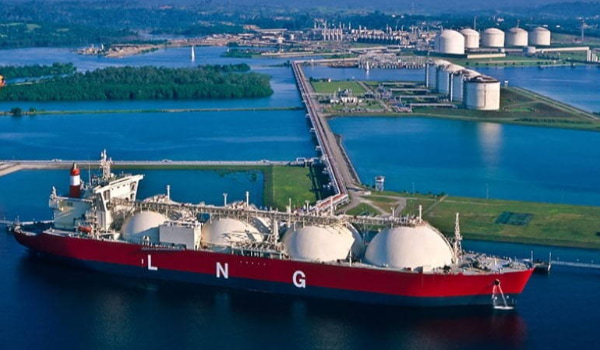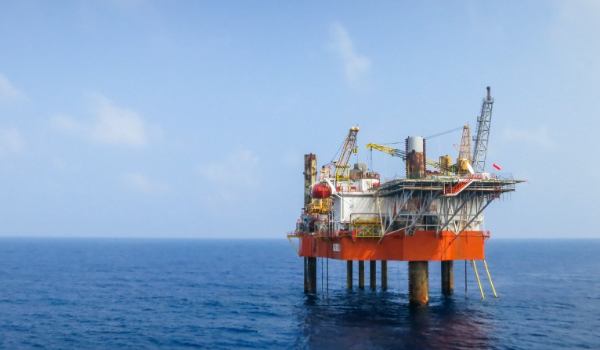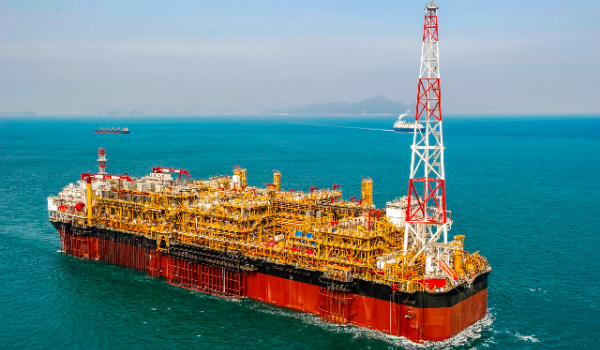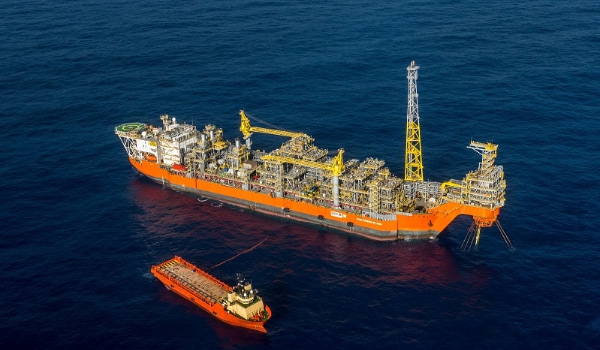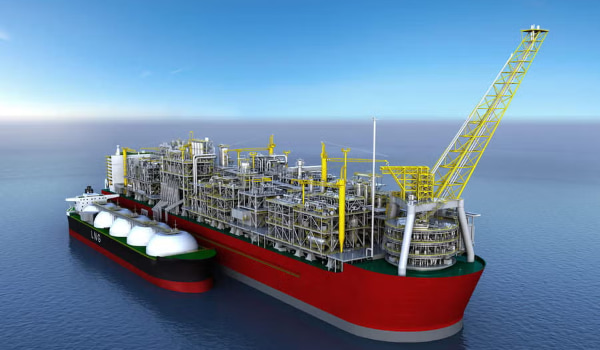Introduction – The Offshore Energy Revolution
The offshore energy sector is undergoing a major transformation driven by the global demand for cleaner fuels and more flexible production systems. Among the most innovative solutions in this field are Floating Liquefied Natural Gas (FLNG) and Floating Production Storage and Offloading (FPSO) units.
Both play critical roles in offshore oil and gas development, yet their design, function, and application differ significantly. For project owners and operators, understanding these differences is key to making informed investment decisions. This article serves as a practical guide to help offshore stakeholders choose the right solution for their projects.
![]()
What Is FLNG?
![FLNG1]()
FLNG (Floating Liquefied Natural Gas) is an offshore facility designed to extract, process, liquefy, store, and export natural gas directly at sea. Instead of transporting gas through long-distance pipelines to onshore LNG plants, FLNG allows the entire process to happen offshore.
Key features of FLNG systems include:
(1) Integrated production and liquefaction: Extracted natural gas is purified, cooled to -162°C, and stored as LNG onboard.
(2) Mobility and flexibility: The unit can be relocated to different gas fields when one resource is depleted.
(3) Reduced environmental impact: Eliminates the need for long pipelines and large onshore plants.
(4) High technical complexity: Requires advanced cryogenic and safety systems to handle liquefied gas at ultra-low temperatures.
![FLNG3]()
FLNG is ideal for remote or stranded gas fields where pipeline infrastructure is uneconomical. However, it involves significant capital expenditure (CAPEX) and technical challenges, making project execution more demanding than traditional solutions.
![]()
What Is FPSO?
![FPSO4]()
FPSO (Floating Production Storage and Offloading) units are the workhorses of offshore oil production. They process crude oil and gas extracted from subsea wells, separate impurities, and store the processed crude before offloading it to shuttle tankers or pipelines.
Main characteristics of FPSOs:
![FPSO3]()
(1) Versatile production platform: Handles both oil and associated gas.
(2) Cost-effective operation: Reuses converted oil tankers for many projects.
(3) Wide application: Suitable for deepwater and marginal fields.
(4) Simple offloading system: Transfers oil to tankers through flexible hoses and mooring systems.
FPSOs are typically used for oil-dominant fields with moderate gas content. They can operate independently in deep waters and offer a proven, reliable solution for offshore production.
![]()
Key Differences Between FLNG and FPSO
![]()
While both systems share similarities in their floating design and offshore operation, their core purposes diverge sharply.
Feature | FLNG | FPSO |
Primary Resource | Natural Gas | Crude Oil (and associated gas) |
Main Function | Gas liquefaction and export | Oil production, storage, and offloading |
Output Product | Liquefied Natural Gas (LNG) | Stabilized Crude Oil |
Operating Temperature | Cryogenic (-162°C) | Ambient |
Technical Complexity | Very High | Moderate |
Mobility | Relocatable between gas fields | Typically field-specific |
Capital Investment | Higher | Lower |
In short, FLNG is like a “floating LNG factory,” while FPSO functions as a “floating oil refinery and storage vessel.”
How to Choose Between FLNG and FPSO
Choosing between FLNG and FPSO depends on multiple engineering, economic, and environmental factors. Below are the key considerations:
1. Type of Resource
For gas-only reservoirs, FLNG provides a complete offshore gas-to-LNG solution.
For oil-dominant fields, FPSO remains the optimal and cost-effective choice.
2. Project Location and Infrastructure
FLNG is best suited for remote, deepwater locations without existing pipelines.
FPSOs are ideal where oil export infrastructure or shuttle tanker routes already exist.
3. Financial Model
FLNG projects require high initial CAPEX but generate long-term value through direct LNG exports.
FPSO projects typically offer faster payback and lower construction risk.
4. Environmental and Regulatory Considerations
FLNG eliminates the need for onshore terminals, reducing land footprint and community impact.
FPSOs can achieve lower emissions by integrating gas re-injection or flare reduction technologies.
5. Technological Integration and Digitalization
Modern FLNG and FPSO units are now equipped with intelligent monitoring systems for real-time data analysis.
Smart berthing systems, IoT-based safety modules, and AI-driven maintenance schedules significantly improve operational reliability and efficiency.
6. Lifecycle and Flexibility
FLNGs can be re-deployed to new fields, extending asset life.
FPSOs are typically customized for a single field and require conversion for new projects.
The Future of Offshore Floating Systems
The next decade will see growing convergence between FLNG and FPSO technologies. Hybrid systems capable of processing both gas and oil are under research.
At the same time, digitalization, AI-based predictive maintenance, and intelligent berthing systems are transforming how floating units operate and connect with shore facilities.
Moreover, global energy companies are shifting toward low-carbon and modular designs, enabling faster deployment and better environmental performance. FLNG is expected to play a vital role in the global LNG supply chain, while FPSOs continue to dominate offshore oil production.
![FLNG2]()
Conclusion
Both FLNG and FPSO systems represent the future of offshore energy production—each optimized for specific field characteristics and commercial goals.
(1) Choose FLNG if your project targets remote gas fields with limited infrastructure.
(2) Choose FPSO if oil is your primary resource and you seek proven reliability with lower upfront costs.
Ultimately, the right choice depends on technical feasibility, lifecycle economics, and sustainability priorities. Offshore operators who evaluate these factors early in project planning will achieve safer, more efficient, and future-ready operations.

 English
English
